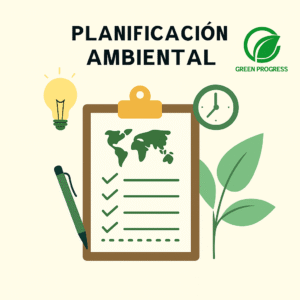What Is Green Infrastructure and Why Does It Matter?
Green infrastructure refers to a strategically planned network of natural and semi natural areas designed to deliver a wide range of ecosystem services. Unlike traditional “grey infrastructure” (roads, pipes, concrete drainage), green infrastructure integrates nature based solutions into urban and regional planning.
By preserving and connecting ecosystems, green infrastructure supports biodiversity, climate resilience, and healthier communities. From urban parks and green roofs to wetlands and ecological corridors, it reshapes how cities grow while ensuring environmental sustainability.
Green Infrastructure vs. Grey Infrastructure
Understanding the difference between green and grey infrastructure is essential:
- Grey infrastructure: conventional, engineered solutions like sewers, dams, or highways. Effective but resource intensive and environmentally disruptive.
- Green infrastructure: sustainable, adaptive, and cost efficient, working with nature rather than against it. Examples include permeable pavements, bioswales, and rain gardens.
Many municipalities now combine both, but cities prioritizing green solutions often report lower long term costs and higher community well being.
Benefits of Green Infrastructure in Cities
Green infrastructure is more than an environmental trend it is a transformational urban strategy. Key benefits include:
- 🌍 Environmental: reduces flooding, filters stormwater, mitigates heat islands, and enhances biodiversity.
- 💰 Economic: lowers infrastructure maintenance costs, increases property values, and boosts green jobs.
- ❤️ Social: improves air quality, provides recreational spaces, and enhances mental health.
These benefits make it a cornerstone of initiatives like the EU Green Deal and the EPA’s sustainable cities programs.
Green Infrastructure Examples Around the World
Some of the most impactful examples of green infrastructure include:
- Bioswales, a popular solution for managing stormwater sustainably.
- Green roofs in cities like Chicago and Toronto, which reduce energy costs and stormwater runoff.
- Permeable pavements that allow water to infiltrate naturally, decreasing urban flooding.
- Urban parks and ecological corridors in Europe, designed to connect fragmented habitats.
- Rain gardens in U.S. suburbs, filtering pollutants before they reach rivers.
Bioswale: A Practical Example of Green Infrastructure
A bioswale is a vegetated, shallow trench that slows, collects, and filters stormwater runoff. More than just drainage, bioswales improve water quality, recharge aquifers, and create urban green corridors.
- Design elements: native plants, engineered soils, and gentle slopes.
- Benefits: pollution filtration, reduced erosion, habitat creation.
- Applications: highways, parking lots, residential areas.
The popularity of bioswales has grown thanks to their low maintenance costs and adaptability in both urban and suburban environments.
Policies and International Frameworks on Green Infrastructure
Governments and organizations worldwide promote green infrastructure as part of sustainable development strategies:
- European Commission: integrates green infrastructure into spatial planning and biodiversity strategies.
- EPA (United States): offers funding, technical resources, and best practices.
- Canada (Ontario): advocates for large scale adoption to address climate resilience.
Such frameworks ensure that green infrastructure becomes a policy priority, not just an optional project.
Challenges and the Future of Green Infrastructure
Despite its benefits, green infrastructure faces barriers:
- Funding limitations compared to grey solutions.
- Lack of awareness among policymakers and citizens.
- Maintenance challenges in dense urban areas.
Future trends include:
- Smart integration with climate adaptation plans.
- Expansion of nature based solutions in megacities.
- Increased public private partnerships to fund large scale projects.
As awareness grows, green infrastructure will become the backbone of sustainable urban planning worldwide.
Conclusión
Green infrastructure is no longer optional it is the future of resilient, sustainable cities. By learning from global examples, adopting policies, and implementing solutions like bioswales and green roofs, societies can reduce risks, cut costs, and improve quality of life.
Whether in Europe, North America, or beyond, investing in green infrastructure means investing in a healthier, more prosperous future.









